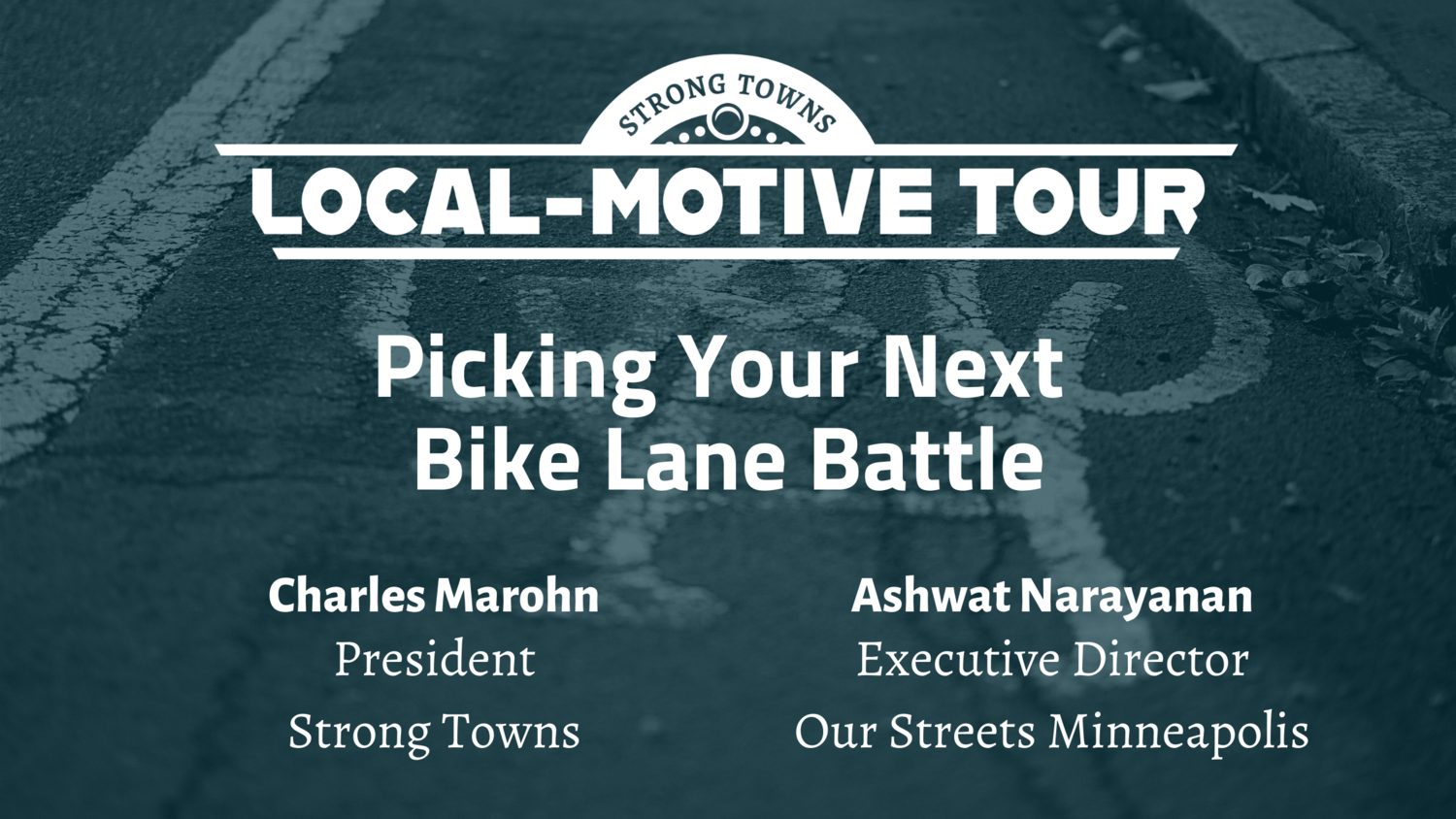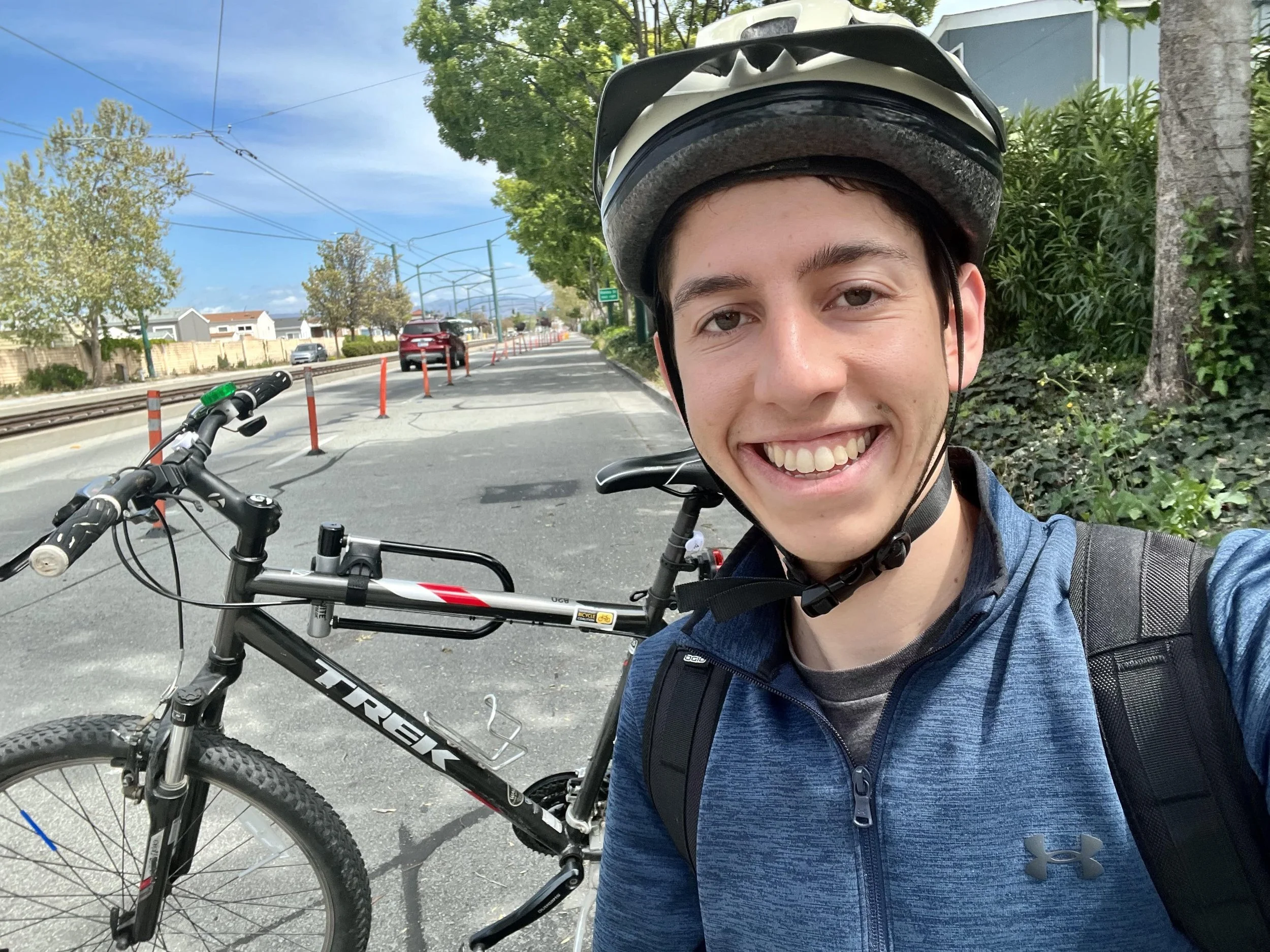Supporting Cycling Goes Beyond Infrastructure
Cultivating a culture of cycling takes more than just installing bike lanes. In the same way that a sidewalk on the periphery of a stroad discourages walking—despite the infrastructure for pedestrians technically being present—paint on asphalt alone isn’t the most effective invitation to hop on two wheels.
That’s not to say that a little bit of paint can’t make a big difference, but there are ways to build an appetite for biking that don’t require involving a municipal or state agency. It can be as simple as organizing a group ride in your community or teaming up with a local bike shop to teach the basics of bicycle maintenance.
Below are some initiatives across the country that aspire to make moving around on two wheels a more intuitive choice.
A Comprehensive Bike Map
New York City’s growing bike network is making it easier for residents and visitors to choose cycling over other modes of getting around. At the same time, being unable to anticipate detours and lane closures on your route can make cycling not only inconvenient, but much more dangerous.
The ambition of this digital NYC bike map is to display real-time information about those obstructions and other information helpful for those getting around by bike. The open-source operation invites user input and recommendations, and has grown to display information about the city’s open streets program, accessible subway stations, and even topography. So far, it’s the most comprehensive resource of its kind. As its creator, Todd Lee-Millstein wrote on the website, the “DOT only provides a PDF version of the NYC bike network, which lacks a lot of functionality.”
(Source: NYC Bike Map.)
However, that may no longer be the case, as the city council voted to pass Intro 289, a bill that would require the Department of Transportation to create a searchable map showing all the city’s bike routes, bike parking, disruptions, and more.
With NYC boasting half a million cycling trips daily, many are saying it’s about time. Nonetheless, until the city unveils its version, Lee-Millstein’s homegrown effort will continue to serve cyclists citywide.
Free Lessons for Kids
Last year, Kansas City-based nonprofit BikeWalkKC offered an eight-week summer program focusing on teaching kids how to use a bicycle for transportation, completely free of charge.
The Bicycle Club not only provided the necessary equipment for participants, but gifted bicycles upon completion of the program. “Kids also get hands-on bike maintenance training before taking home bicycles, helmets, locks, and light sets to keep,” the program announced.
Kansas City is far from the only city teaching its youth how to navigate the streets on two wheels. Boston Mayor Michelle Wu introduced free bike-riding lessons for kids between the ages of four and 13 as part of the city’s Connect, Learn, Explore: Boston's Commitment to Youth initiative. Bikes are provided.
"Biking is more than just a fun way to stay active, it's a great way to get around and a crucial life skill—one that all of our young people deserve the opportunity to develop,” said Mayor Wu during the program’s announcement.
When the importance of cycling is made apparent to youth, they’re more likely to keep up the habit and reach for their two-wheeler for transportation as they age, one study noted. Free and low-cost programs like these are popping up all over the country and it’s very possible a nonprofit or institution near you is offering something similar, especially during the summer months.
The fight for more bike lanes is often a contentious one. Here’s how to pick your battles carefully.
Skill Sharing and Maintenance Training
Much like clothes need mending and plumbing needs resealing, bikes need maintenance. While bringing a bicycle to a professional is always an option, the Boise Bicycle Project’s Bike Repair series wants to “empower you to fix and maintain all of those systems on your own.”
Participants in this low-cost series are paired with experienced mechanics who prepare them to handle the rare emergency and teach best practices for bike ownership. Like any technology or tool, there are practices that promote the object’s longevity and others that decidedly shorten its lifespan. Knowing how to properly clean and store a bike can make it not only serve its purpose for longer, but lessen the need for tune-ups and all the little obstacles that stand in the way of hitting the road.
You don’t have to be a career mechanic to promote basic bicycle upkeep. Last year, Strong Towns profiled Ari Feinsmith, an advocate who identified one of the bigger barriers to biking in his community was not a lack of equipment, but the inability to fix it. So, he coordinated volunteers, got use of a local parking lot, and negotiated discounts with a nearby bike shop to host a series of bike repair events. In total, he and his volunteers fixed over 300 bikes.
Ari Feinsmith.
For Feinsmith, helping fix his neighbors’ equipment will hopefully get more people cycling where he lives—plus, a more visible cycling public can make it easier to advocate for policy and design changes.
Interested in starting your own bike repair event? Feinsmith published a detailed guide, which you can access here.
Group Rides in Philadelphia
John Simmerman of Active Towns has long trumpeted the benefits of group—sometimes called social or community—rides. “There’s power in numbers,” he told Strong Towns in an interview. “Both in safety and visibility.” Not only are they a novel way to socialize, but group rides have even catalyzed design changes on city streets, both by proving the demand for safer cycling infrastructure is present and urgent, and by making people on bikes a more visible presence.
Strong Towns recently profiled Black Girl Joy Bike Rides, a bi-monthly, no-cost community ride aimed at connecting Black women in Philadelphia through cycling. “I wanted to create this safe and encouraging environment,” the ride’s pioneer, behavioral therapist Iresha Picot explained. “But above all, I wanted to make sure people understand that they don’t have to do this alone.”
(Source: Black Girl Joy Bike Rides/Iresha Picot.)
Since its inception, each ride has welcomed roughly 10 participants, ranging from ages 24 to 60, most of whom don’t cycle regularly. With the bikes provided through Picot’s partnership with Indego, the local bikeshare system, the rides have become a way for women to reconnect with cycling or even try it for the first time. In fact, several participants who hadn’t cycled in decades until finding Black Girl Joy Bike Rides are now choosing two-wheeled travel more readily, both for recreation and for running errands.
It’s not the only group ride in the City of Brotherly Love. Night Cycle and Wednesday Night Rides are routine rides likewise open to all types of riders, but the ambitious routes—which often start around or after sundown—make the excursions more appealing to more experienced riders. The rides often involve patronizing local businesses and at times are even themed.
Starting a group ride doesn't require any sort of special experience or certification. Rides can be modest assemblies of four or five people during the daytime or entire takeovers at night; they can cover less than a mile or extend for several.
In Steubenville, a Strong Towns Local Conversation is organizing a group ride to introduce locals to the existing bike trails and steadily build an appetite for cycling.
“Our goal here is to grow a bicycle community in Steubenville in the hopes that we will have a more bicycle-friendly town,” Andrew Henry, a local health commissioner, told the Weirton Daily Times. “If you look at any community that has made a rebound economically, cycling is a key part of that fabric.”









The East Coast Greenway spans 3,000 miles and is one of the most popular biking routes in the world. But as much as 65% of this route puts bikers in close contact with vehicles that are moving at high speeds. This has predictably terrible results.